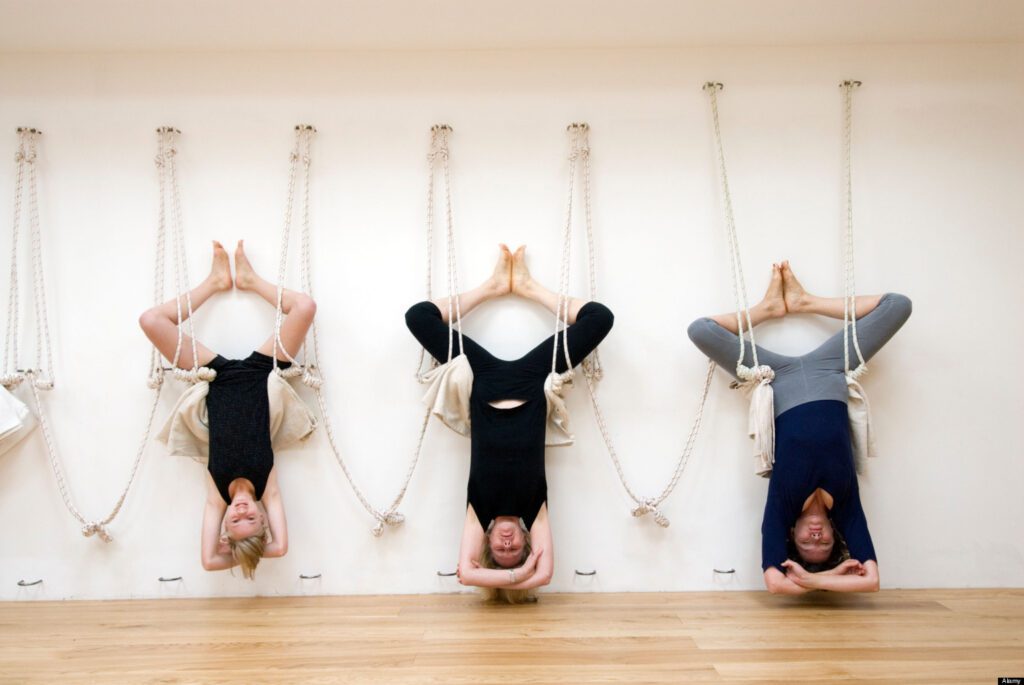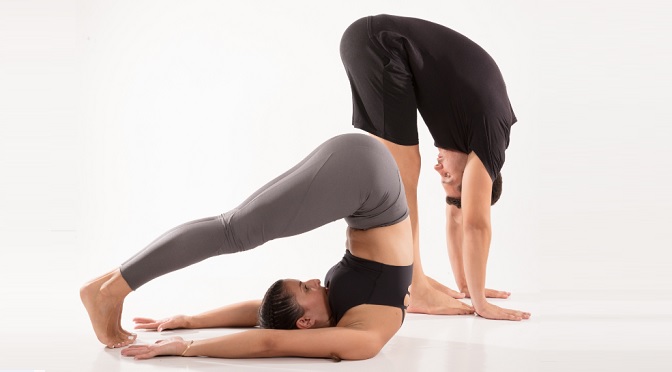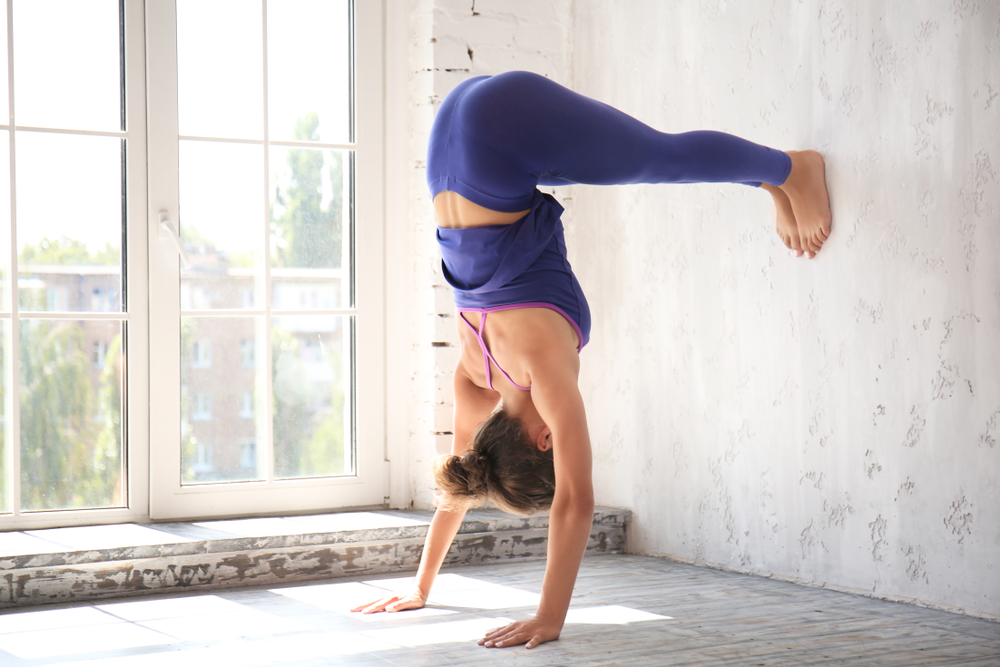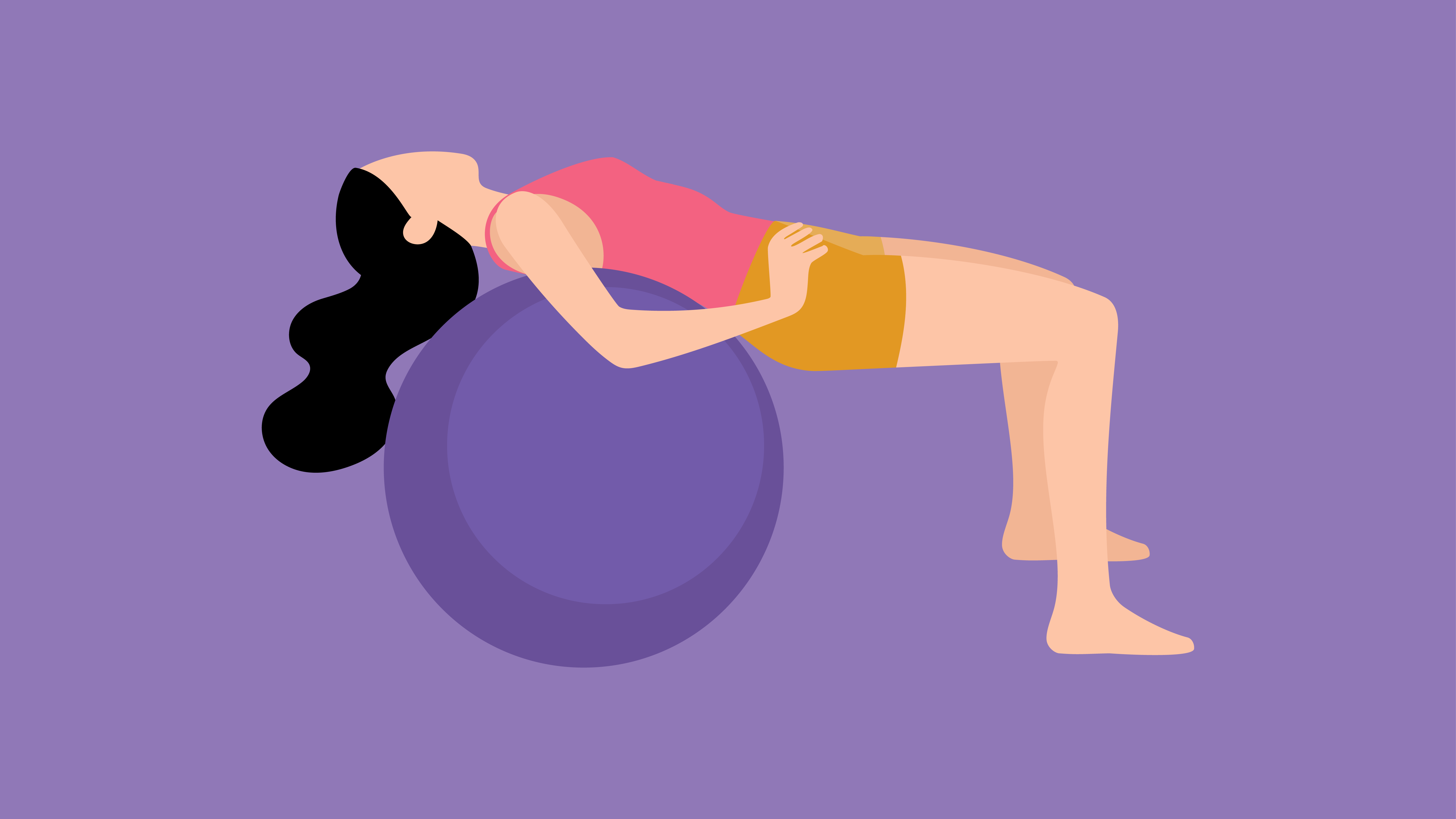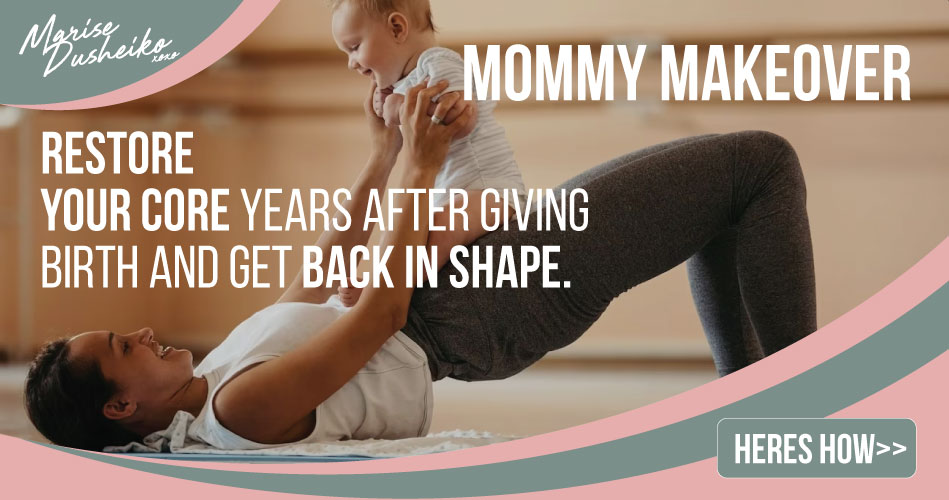The Vital Role of Training Your Vestibular System Through Movement
When we think about staying fit and healthy, we often focus on muscle strength, cardiovascular health, and flexibility. However, one often-overlooked aspect of our well-being is our vestibular system. The vestibular system is responsible for maintaining balance, spatial orientation, and coordination. It plays a crucial role in our day-to-day activities, and training it through movement is vital for overall health and injury prevention.
Understanding the Vestibular System
The vestibular system is a complex sensory system located in the inner ear. It consists of three semicircular canals and two otolith organs that work together to provide information to our brain about head position, motion, and spatial orientation. This sensory input helps us maintain balance, stability, and spatial awareness.
The Vestibular System Controls:
-
Balance: The vestibular system helps us stay upright and maintain our equilibrium, allowing us to walk, run, and perform various activities without falling.
-
Spatial Orientation: It provides us with a sense of direction and helps us understand our position in relation to our surroundings.
-
Coordination: It plays a critical role in coordinating movements, enabling us to perform tasks with precision.
What Happens If You Don’t Train Your Vestibular System?
Neglecting your vestibular system can lead to various issues:
-
Impaired Balance: Without proper training, your balance can deteriorate, making you more susceptible to falls and injuries.
-
Dizziness and Vertigo: A poorly trained vestibular system may lead to issues like dizziness, vertigo, and motion sickness, making simple activities challenging.
-
Reduced Spatial Awareness: A compromised vestibular system can affect your spatial awareness and coordination, impacting your ability to navigate and perform daily tasks.
Using Exercise to Train the Vestibular System
Exercise plays a significant role in improving the function of the vestibular system through several mechanisms:
-
Neuroplasticity: The vestibular system, like other sensory systems, can adapt and improve through a phenomenon called neuroplasticity. Engaging in exercises that challenge your balance and spatial awareness can stimulate the brain to rewire and optimize its processing of vestibular information.
-
Sensory Integration: Exercise often involves the integration of multiple sensory inputs, such as visual, proprioceptive (sensations from muscles and joints), and vestibular information. This integration strengthens the connections between these sensory systems, enhancing your ability to maintain balance and spatial orientation.
-
Strengthens Reflexes: Vestibular exercises, particularly those involving head movements and shifts in position, can improve the functioning of reflexes that are crucial for balance. For example, the vestibulo-ocular reflex (VOR) helps stabilize your gaze when your head moves, and the vestibulospinal reflex helps control posture and muscle tone. Regular exercise can enhance the efficiency of these reflexes.
-
Enhances Proprioception: Proprioception, the sense of your body’s position in space, works in conjunction with the vestibular system. Exercises that require precise body awareness and coordination, like yoga and tai chi, can enhance your proprioceptive abilities, thereby complementing and reinforcing the vestibular system.
-
Challenges the System: Engaging in activities that introduce varying degrees of difficulty and complexity to the vestibular system can stimulate it to adapt and improve. For instance, practicing balance exercises on unstable surfaces like balance boards or foam pads can progressively challenge the vestibular system, leading to enhanced performance over time.
-
Reduces Risk of Habituation: Habituation is a process where the vestibular system becomes less responsive to a constant stimulus. Engaging in a variety of exercises prevents habituation, ensuring that your vestibular system remains flexible and responsive to changes in your environment.
-
Increases Confidence: As you become more proficient in vestibular exercises, you gain greater confidence in your balance and spatial awareness. This increased self-assuredness can lead to a more active and fulfilling lifestyle, as you’re less fearful of activities that involve movement and change in position.
Best types of exercises for vestibular stimulation
-
Balance Exercises: Activities such as standing on one foot, walking on a balance beam, or using a wobble board can improve your balance and stimulate your vestibular system.
-
Head Movements: Gentle head movements, like nodding or turning your head from side to side, can help your vestibular system adapt to different positions and motions.
- Climbing: Rock climbing or indoor climbing can involve inverted positions and complex spatial orientations that stimulate the vestibular system and provide a fun and creative workout.
-
Tai Chi and Yoga: These mind-body practices emphasize balance, coordination, and controlled movements, making them excellent choices for training the vestibular system. Yoga inversions, in particular, like headstands, handstands, and shoulder stands introduce a novel sensory experience to your vestibular system. This new input encourages adaptability and helps the system become more versatile in processing different spatial orientations.
- Anti-gravity Training: Anti-gravity or aerial yoga, using specialized equipment that supports your body weight and can be a gentle and accessible way to experience going upside down.
- Aerial Arts: Aerial silks, pole dancing, and aerial hoop work involve a variety of inverted positions as well as spinning. Going upside down requires you to maintain balance and spatial awareness in a new orientation. Spinning introduces rapid and consistent rotational movement, which forces your vestibular system to adapt quickly. Combined, these two can lead to improved adaptability, making it easier for your system to adjust to various motions in daily life.
-
Dance, Figure Skating and Martial Arts: Activities like dance, martial arts, figure skating and gymnastics challenge your coordination and balance, providing an excellent workout for your vestibular system. These types of exercise include spinning, tumbling, flipping and going upside down – all of which can help improve the function of this system by providing it with various types of input making it more versatile in processing different spatial orientations.
Children should be introduced to these types of exercises as early as possible, and continue with them into adulthood to enhance and maintain the stimulation of their vestibular systems.
Who Is Prone to Injury Without Proper Vestibular Training?
Several groups of people are more susceptible to injuries due to an undertrained vestibular system:
-
Elderly Individuals: As we age, our vestibular system naturally weakens. Without proper training, older adults may experience balance issues and a higher risk of falls.
-
Athletes: Athletes in sports that require agility, precision, and balance, such as gymnasts, figure skaters, or martial artists, greatly benefit from vestibular training to enhance their performance and prevent injuries.
-
Rehab Patients: People recovering from injuries or surgeries may experience vestibular issues and benefit from targeted exercises to aid in their rehabilitation.
-
Individuals with Inner Ear Disorders: Conditions like Meniere’s disease or benign paroxysmal positional vertigo (BPPV) can affect the vestibular system. Training can help manage symptoms and improve quality of life.
Training your vestibular system through movement is an often underestimated but vital component of overall health and well-being. By incorporating exercises that challenge your balance, coordination, and spatial awareness, you can improve your vestibular function, reduce the risk of injury, and enhance your overall quality of life. Whether you’re an athlete, an older adult, or someone recovering from an injury, prioritizing vestibular training is a smart choice for a healthier, more balanced life.
For additional support and/or guidance on how to begin your postpartum wellness journey, reach out via email or social media anytime or checkout my 12-week signature postpartum wellness program, Mommy Makeover.

